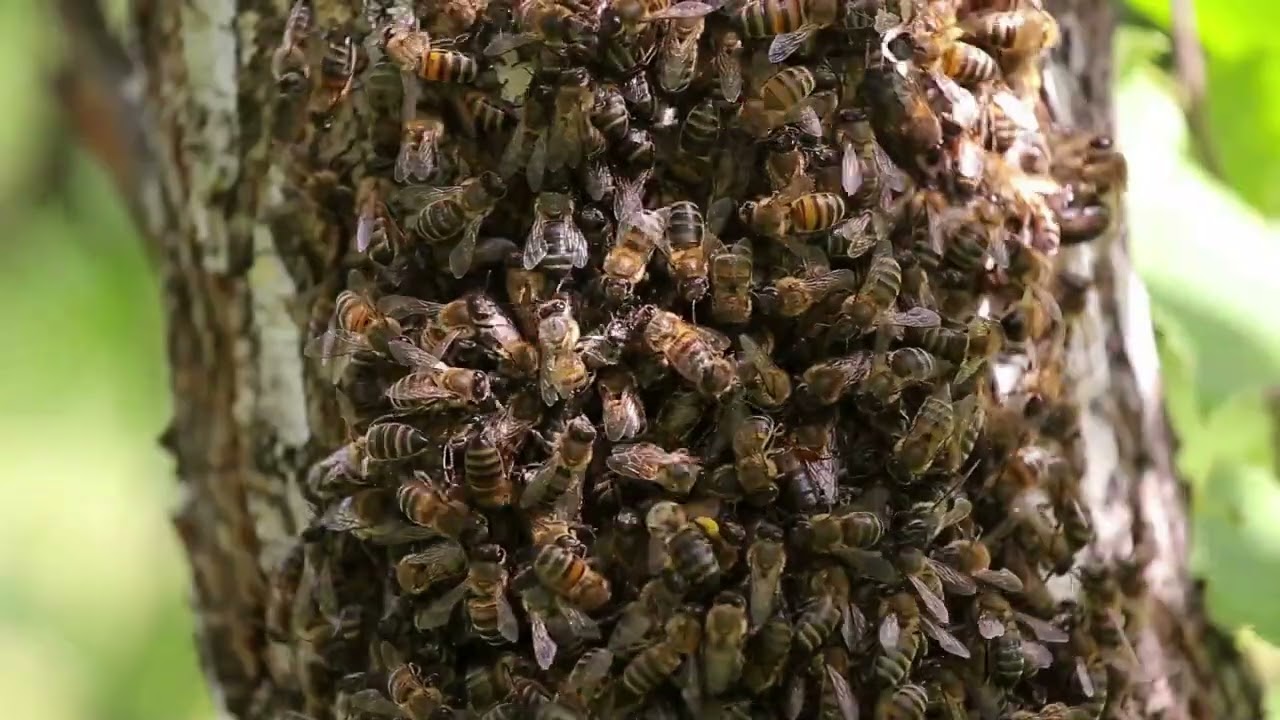
# Study Indicates Climate Change Threatens Wild Bees More Than Habitat Disruption
Bees are vital pollinators, playing an essential part in preserving biodiversity and enhancing agricultural yield. Although habitat loss has long been thought to be a leading contributor to the decline of bee populations, fresh research from Penn State scientists unveils a more profound, hidden danger. Their study indicates that *climate change*—notably variations in temperature and rainfall—poses a much more substantial threat to wild bees compared to land use alterations.
## Impact of Climate on Wild Bees: Research Insights
A **14-year investigation** of wild bee populations at more than 1,000 sites across Maryland, Delaware, and Washington, D.C. reveals a concerning pattern. Researchers studied species responses to climate variability and land-use changes, utilizing comprehensive datasets from the United States Geological Survey (USGS). Ultimately, the findings indicated that weather variations—especially changes in **temperature and rainfall patterns**—correlated with significant reductions in the numbers and diversity of wild bee species.
### Notable Results
**Christina Grozinger**, a Distinguished Professor of Entomology and Director of Penn State’s Center for Pollinator Research, pointed out that weather conditions such as **milder winters, increased rainfall in winter and spring, and hotter summers** are contributing to the decline of wild bee populations in the **Northeastern United States**. The research indicates that climate change is likely to worsen these trends in the years ahead.
> *”The weather was the most significant factor affecting wild bee abundance and species diversity, particularly temperature and precipitation,”* Grozinger noted.
While the study’s findings are concerning, it is vital to grasp their extensive implications: a warmer, more erratic climate severely jeopardizes wild bee populations, diminishing their pollination capabilities and threatening both ecosystems and agriculture.
### The Necessity of Thorough Research
**Melanie Kammerer**, a graduate student at Penn State and an integral part of the study, commented that bees are encountering dual challenges: **habitat loss** and **climate change**. These pressures are interconnected rather than isolated, further threatening bee populations that are already at risk. By investigating climate and land-use impacts in conjunction, the team was able to reveal the more substantial danger posed by climate change.
> *“We believed this was a missed consideration since bees, like many species, are experiencing both habitat loss and climate change at once,”* Kammerer stated.
### Specific Climate Challenges for Wild Bees
Various wild bee species react differently to climatic changes. For example:
– **Spring bees** struggle with excessive rain during early seasons, making food collection difficult in wet conditions, which in turn lowers reproductive success.
– **Summer bees** experience diminished food supply due to hot, dry summers that hinder the blooming of necessary plants. Consequently, summer bee populations decline the following season due to decreased available resources.
– **Milder winters** disrupt the hibernation of particular bee species. Warmer winters may lead adult bees to deplete their fat reserves too quickly, resulting in increased mortality rates prior to spring flowering.
> **Grozinger** explained: *“We believe the rain hampers spring bees’ ability to gather food for their young. Likewise, an excessively hot summer that may limit flowering plants has been linked to fewer summer bees in the subsequent year.”*
In summary, climatic extremes can affect various stages in the lifecycle of bees, from foraging during critical seasonal periods to their overall survival.
## A Multifaceted Challenge for Conservation
Given these findings, relying solely on **land conservation**—while crucial—will likely be insufficient to curb the decline of wild bee populations. Even in the best habitats, erratic and extreme weather conditions can drastically reduce bee numbers.
As **Kammerer** warned, increasing temperatures and more frequent erratic weather events are anticipated to escalate in the coming years, presenting a more daunting challenge for bee survival.
> *“We are just starting to uncover the numerous ways that climate impacts bees, but to conserve these vital pollinators, we must determine when, where, and how shifting climate disrupts bee life cycles,”* Kammerer remarked.
The findings underscore the necessity of understanding how **multiple pressures**—ranging from habitat loss to climate disruption—are concurrently affecting bee populations. A broader approach to conservation may be required, especially as our awareness of climate as a key stressor grows.
## The Beescape Initiative: A Path Forward
To help address these challenges, the Penn State research team is broadening their **Beescape project**. This interactive tool now enables **farmers, conservationists**, and **gardeners** to evaluate the quality of their local environment based on criteria such as available floral resources or nesting habitats. Encouragingly, the team plans to expand its capabilities further.